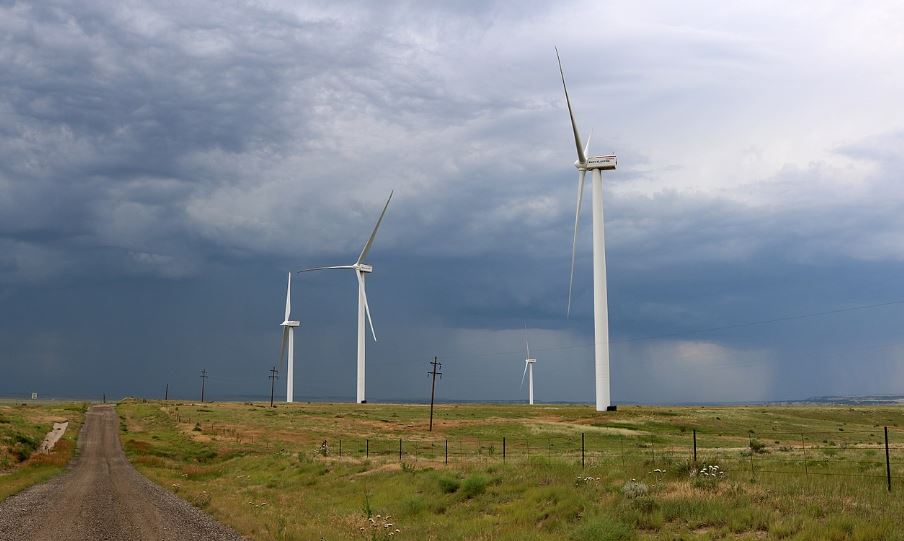2019 saw “record levels” of electricity generated by wind, with one-third of Ireland’s electricity coming from that source.
In the annual report by the Irish Wind Energy Association (IWEA), it was found that 24 new wind farms were connected to the national gird last year, with a combined installed capacity of 463MW (megawatt).
2019 was the second best year for new wind-farm connection to the national grid. There is now more than 4,100MW of installed wind energy capacity in the country.
Some standout facts and figures from the report include:
- Wind energy met a record 32.5% of the country’s electricity demand in 2019 – the second highest figure across European countries, and the highest figure for onshore wind;
- 24 new wind farms were constructed;
- In two months of 2019 – February and December – wind energy provided more electricity than natural gas;
- On a downside, concern has been raised over the amount of ‘lost’ wind energy.
“Wind energy in Ireland is going from strength to strength. Every year we are cutting more CO2 emissions; reducing Ireland’s dependency on imported fossil fuels; and driving down the wholesale price of electricity,” said David Connolly, CEO of the IWEA.
He added: “The two dozen new wind farms we connected last year will enable us to build on our success in 2019, and we have already set new records for the amount of wind energy on the system in the first two months of 2020.”
However, according to the IWEA, there is a great deal more potential in wind energy for Ireland.
Our target in the Climate Action Plan is to double our installed wind capacity, and we are confident that we have the pipeline to enable us to do that. We also have enormous offshore wind energy resources, with more than 12GW [gigawatts] of offshore projects at some stage of development.
“With the right planning systems, on land and offshore, and the right policies, there is no reason why most of Ireland’s electricity should not be coming from wind energy in the second half of this decade,” Connolly argued.
He called on the Government to ensure that the first auction in the Renewable Electricity Support Scheme (RESS) – announced last week – concluded on schedule in June.
‘Lost’ wind energy
According to the IWEA’s report, over one million megawatt hours of electricity (around 8% of total production, or enough to power 200,000 homes) was lost in 2019.
This occurs due to a process known as ‘dispatch down’, whereby EirGrid instructs a wind farm to cut back on electricity production or to shut down completely.
“EirGrid is a world leader in integrating renewable energy onto the system. Together with ESB Networks, it ensures we can operate the system with large volumes of renewable energy…but the record levels of dispatch down mean an enormous amount of lost clean energy,” said Connolly.
He concluded: “We need a stronger transmission system to ensure that we are not wasting electricity and, if we are to achieve our 2030 targets, and beyond them to 2040 and 2050, then we are going to need a plan to build a stronger electricity grid.”
